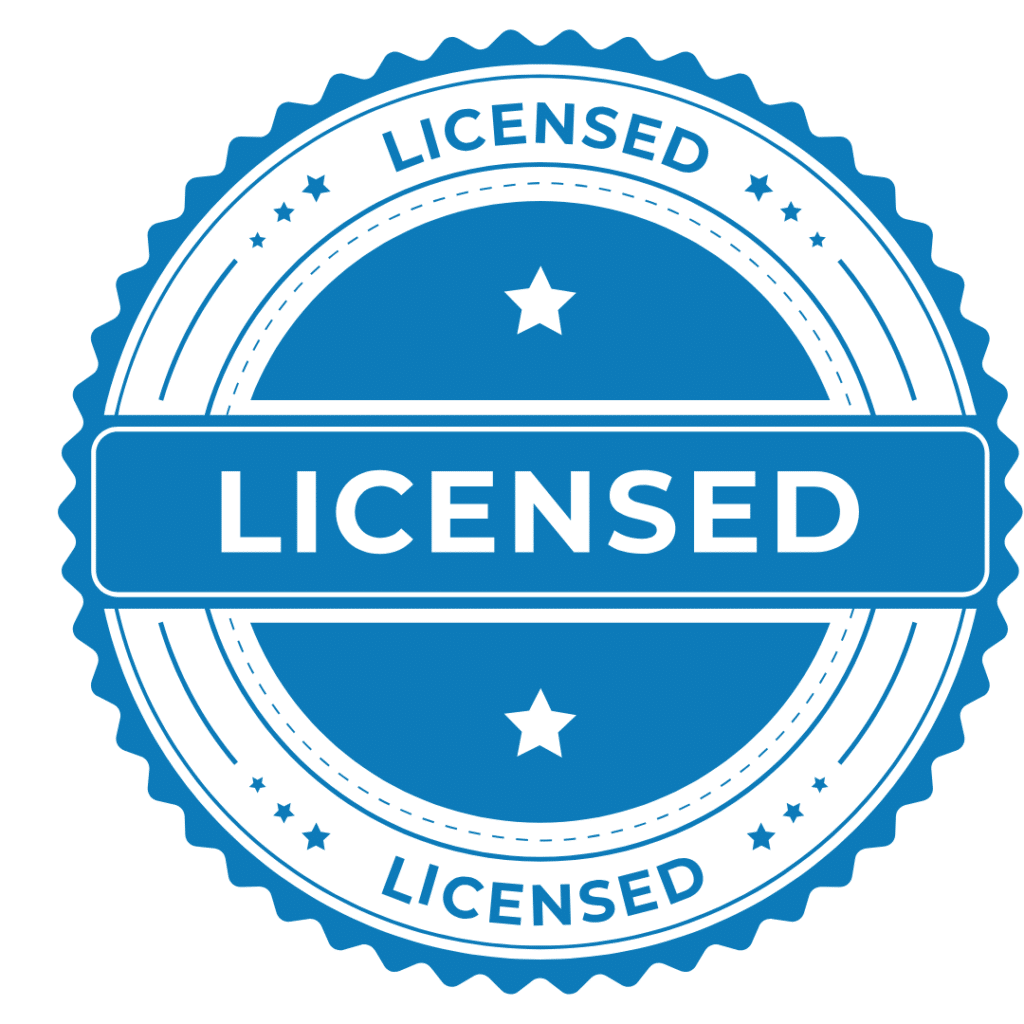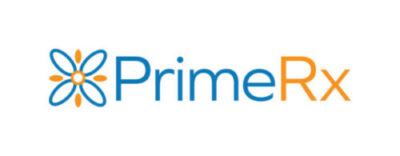
We’ve all heard the “How do you get to Carnegie Hall? joke, whose punch line of course is “Practice, practice, practice.” But a variation of that timeless treasure, tailored for pharmacy owners might sound something like: “How can a new pharmacy owner help ensure success?” And that punch line, naturally, would be “Plan, plan, plan.”
Opening a new pharmacy is no small undertaking. New owners often commit their life savings to purchasing a pharmacy or take on considerable levels of debt. And not only must pharmacy owners deal with the “normal” matters associated with entrepreneurship, but they must also navigate the many responsibilities unique to owning and managing a pharmacy. It’s essential then, for potential owners to start the planning process well ahead of actually signing on the dotted line. But with so many moving parts, the process can seem overwhelming.
New owners will find they are not alone. Many resources are available to help guide the way. The National Community Pharmacists Association (NCPA) offers workshops for new owners, along with a series of reference materials. Assistance is also available through state pharmacy boards, major wholesalers, and local pharmacy owner groups. Women pharmacists can tap into the national Pharmacist Moms group, which offers guidance and resources on a range of topics, including ownership, There are also private consulting firms that specialize in helping new pharmacy owners.
To help with the initial planning, we’ve compiled the following checklist. Our list includes 10 issues that will need to be addressed prior to opening your pharmacy’s doors. Our 10 steps, which are compiled from a number of sources, include:
#1. Do your Research.
No one likes surprises, so make sure you understand exactly what owning a pharmacy entails.
- Are you interested in buying an existing pharmacy, or starting from scratch?
- There are pluses and minuses to each. What sort of services will you offer?
- Will you serve as the pharmacy’s chief pharmacist, or will you hire someone else to fill that role?
These are among the many topics that will need to be considered ahead of time. NCPA’s pharmacy ownership resources provide a great place to start. You may also want to contact your state pharmacy association, and seek out pharmacy colleagues who own their businesses. Experienced pharmacy owners will be an invaluable source of insight and recommendations and may be willing to serve as a mentor in helping you get started.


#2. Identify a Location.
You’ll need to put a great deal of thought into your pharmacy’s location. Maybe you’ve always wanted to open a pharmacy in your hometown. But can your local community support a new pharmacy? Prepare to do some in-depth market research to ensure you are choosing a location that would benefit from a new pharmacy and would be welcomed by residents in that community. Guidance from McKesson suggests a few questions to consider in determining an optimal location:
- Are there other pharmacies in the market?
- Are the existing pharmacies chains or independents? According to McKesson, it can be easier to attract patients away from a chain store, rather than from an established community pharmacy with loyal customers.
- Is there a sufficient prescription base to sustain another pharmacy? Are there healthcare facilities located nearby, nursing homes or other types of care facilities that would benefit from having a pharmacy close by?
- Is the location you are considering easy to access? Can people easily enter and exit? What is the parking situation, and is there room for a drive-thru window or curbside service?
- What is the history of pharmacies in this area? Did another pharmacy recently go out of business? If so, what were the circumstances for the closing, and is there a chance those patients are in need of a replacement pharmacy?
#3. Identify a “Team of Experts.”
You’ll need to assemble a team of trusted advisors who can help address the wide range of financial and legal considerations involved with pharmacy ownership. At a minimum, this will mean an accountant and an attorney with pharmacy-related experience. You’ll also need an insurance agent/broker, a few trusted pharmacy owner colleagues, and perhaps a third-party consultant who can guide you through the process and help with the decision making.


#4. Seek financing
Pharmacy ownership is expensive. According to NCPA, a potential owner will need “a minimum of $50,000 cash,” to initiate a transaction, but advises that additional funds may be needed depending on inventory, equipment and building uplift. “Be prepared to assume $500-600,00 of debt and equipment combined,” NCPA advises. An individual will have options when it comes to financing a new pharmacy. For some, a loan from a traditional bank might be the preferred route, or a loan from a Small Business Administration lender, or from a wholesaler. Other times, an individual might consider a financial arrangement with the seller of an existing pharmacy. An experienced financial advisor will understand the intricacies of each option, and help you determine the best course for your personal situation.
#5. Obtain necessary licenses and permits.
Pharmacy ownership is expensive. According to NCPA, a potential owner will need “a minimum of $50,000 cash,” to initiate a transaction, but advises that additional funds may be needed depending on inventory, equipment and building uplift. “Be prepared to assume $500-600,00 of debt and equipment combined,” NCPA advises. An individual will have options when it comes to financing a new pharmacy. For some, a loan from a traditional bank might be the preferred route, or a loan from a Small Business Administration lender, or from a wholesaler. Other times, an individual might consider a financial arrangement with the seller of an existing pharmacy. An experienced financial advisor will understand the intricacies of each option, and help you determine the best course for your personal situation.


#6. What will your OTC and Consumer Goods inventory include?
The nuances of your location can help determine the type of products and services your pharmacy will offer. If there is a significant aging population, for example, patients would appreciate being able to pick up certain grocery items, possibly pet medications and supplies, along with assistive devices. Senior patients would also appreciate being able to obtain a flu shot while at the pharmacy, or having easy access to screenings. Alternatively, a pharmacy located in a community with many young families should consider an inventory that prioritizes pediatric medications and supplies, along with products targeted at younger patients. In thinking about the types of consumer goods to offer, remember your customers! Carry products that will appeal to community members and help establish your pharmacy as a go-to source for in-demand products.
#7. Create a marketing strategy

You’ve worked so hard to plan your pharmacy, and invested so much. But how do you spread the word, and let potential patients know that there’s a compelling new pharmacy in town? The answer lies in a comprehensive marketing strategy that outlines an approach for paid-and-free advertising, community engagement and patient outreach. A few considerations include:
- Internet Presence. Start with a website that is visually appealing and easy to navigate. Your site doesn’t have to be too extensive, but be sure to list your pharmacy’s hours and location, along with all key services. You should also include an “About Us” section, that allows you to introduce yourself to the community, and tell people why you choose to locate your pharmacy in their community.
- Social Media. Set up accounts on Facebook, Twitter and Instagram. Commit to keeping these accounts fresh with regular updates. These updates can feature services offered at your pharmacy (flu shots) or disseminate appropriate health information from trusted health sources.
- Community engagement. Establish your pharmacy as a member of the community. Join the local chamber of commerce, place advertisements in local publications, and make sure to participate in local holiday and community events.
- Meet the neighbors. Make a point to get out and meet all prescribers and healthcare professionals located in the vicinity of your pharmacy. This includes building relationships with any healthcare facilities such as nursing homes or rehab centers and making yourself known to the staffs in all prescriber offices.
- Build your brand. Consider various incentives as a way to attract patients to your store. Offer discounts, or complimentary in-store screenings as a way to build foot traffic, and let people see for themselves all your store has to offer.
#8. Choose your technology system
The nuances of your location can help determine the type of products and services your pharmacy will offer. If there is a significant aging population, for example, patients would appreciate being able to pick up certain grocery items, possibly pet medications and supplies, along with assistive devices. Senior patients would also appreciate being able to obtain a flu shot while at the pharmacy, or having easy access to screenings. Alternatively, a pharmacy located in a community with many young families should consider an inventory that prioritizes pediatric medications and supplies, along with products targeted at younger patients. In thinking about the types of consumer goods to offer, remember your customers! Carry products that will appeal to community members and help establish your pharmacy as a go-to source for in-demand products.


#9. Contract with wholesalers and other vendors
Once you’ve secured your location, and have your licenses and permit applications underway, it’s time to think about your fixtures and furniture along with, of course, your inventory. This will mean establishing relationships with appropriate wholesalers. Large suppliers including McKesson, Cardinal Health, and AmerisourceBergen are preferred sources for the pharmaceuticals and OTC products found in most pharmacies. In addition, these wholesalers can provide shelving and furniture, along with solutions for refrigeration, dispensing, bin management and packaging, among other pharmacy needs. However, a pharmacy may also want to consider regional wholesalers that may be more strategically located. Pricing of course will be an important factor. Technology systems including PrimeRx™ can automatically determine wholesaler pricing levels and allow the pharmacy to set up automated ordering processes.
#10. Write a business plan
We’ve listed this last but writing a business plan is an absolutely critical step. Your business plan should be a comprehensive overview of your pharmacy’s business strategy, financing terms, operating processes, objectives, and goals. According to NCPA, your business plan will be a “living document that should be referenced throughout your ownership.”

Pharmacy ownership can be a crowning achievement for a dedicated pharmacist. Owning a pharmacy allows a pharmacist to serve patients in unique ways, and an opportunity to give back to their communities with their time, resources and expertise. The process of opening a pharmacy though, is complicated and time-consuming. Our checklist is intended to give you an idea of some core considerations. We hope you will use this as a starting point, and take advantage of the many resources available to help you achieve your dream of pharmacy ownership.
Explore PrimeRx Today
Discover how PrimeRx can optimize your scheduling, improve communication, and simplify pharmacy management year-round.


